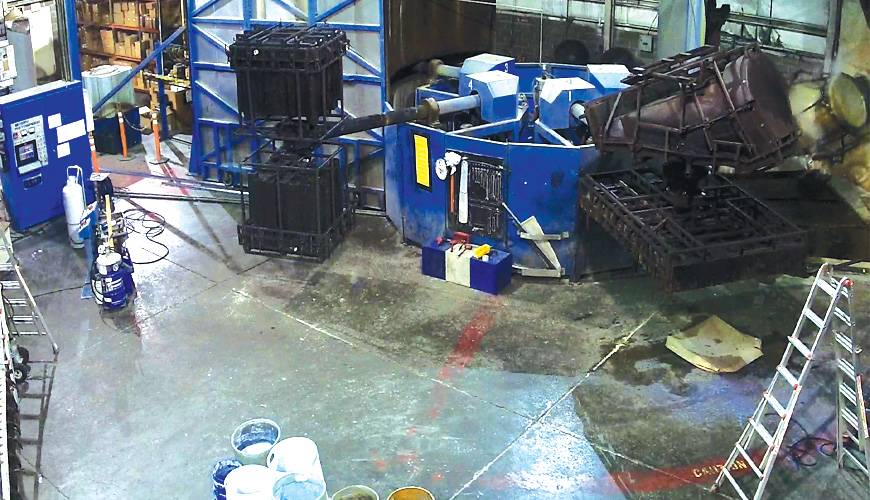Rotational molding, also known as rotomolding, is a flexible production method utilized to create hollow plastic-type pieces. From business tanks and packing containers to playthings and leisurely products, rotomolding offers a inexpensive option for generating a wide array of merchandise. Here’s all you need to know about this progressive producing method.
How Rotomolding Performs
Rotomolding consists of four essential levels: mildew launching, heating, air conditioning, and part removing.
Mildew Reloading: A accurate quantity of polymer resin in powder type is filled in a hollow fungus.
Heating: The mold is rotated biaxially in an your oven although getting warmed up. Since the mold rotates, the powdered resin jackets the interior work surface, melting and generating a standard layer. The warmth triggers the resin to fuse and follow the fungus wall space.
Cooling down: As soon as the ideal fullness is accomplished, the fungus is cooled while still in movements, solidifying the plastic-type into the preferred shape.
Part Removing: Following cooling, the finished component is taken away from the mold, prepared for almost any necessary concluding details.
Benefits of Rotomolding
Design and style Overall flexibility: Rotomolding allows for sophisticated designs and sophisticated designs being developed without the need for further tooling or set up.
Expense-Usefulness: In comparison with other production functions like injections molding, rotomolding generally needs lower upfront tooling expenses, so that it is suitable for modest to moderate manufacturing goes.
Substance Adaptability: A wide range of polymers can be utilized in rotomolding, such as polyethylene, polypropylene, and Pvc material, giving adaptability in materials choice for distinct application specifications.
Sturdiness and Energy: Rotomolded parts demonstrate outstanding strength-to-weight proportions, making them ideal for strenuous programs like automotive factors and business boxes.
Applications of Rotomolding
Rotomolding finds apps across a variety of businesses:
Auto: Gasoline tanks, atmosphere ductwork, and inside elements.
Manufacturing: Storing tanks, agricultural containers, and substance managing gear.
